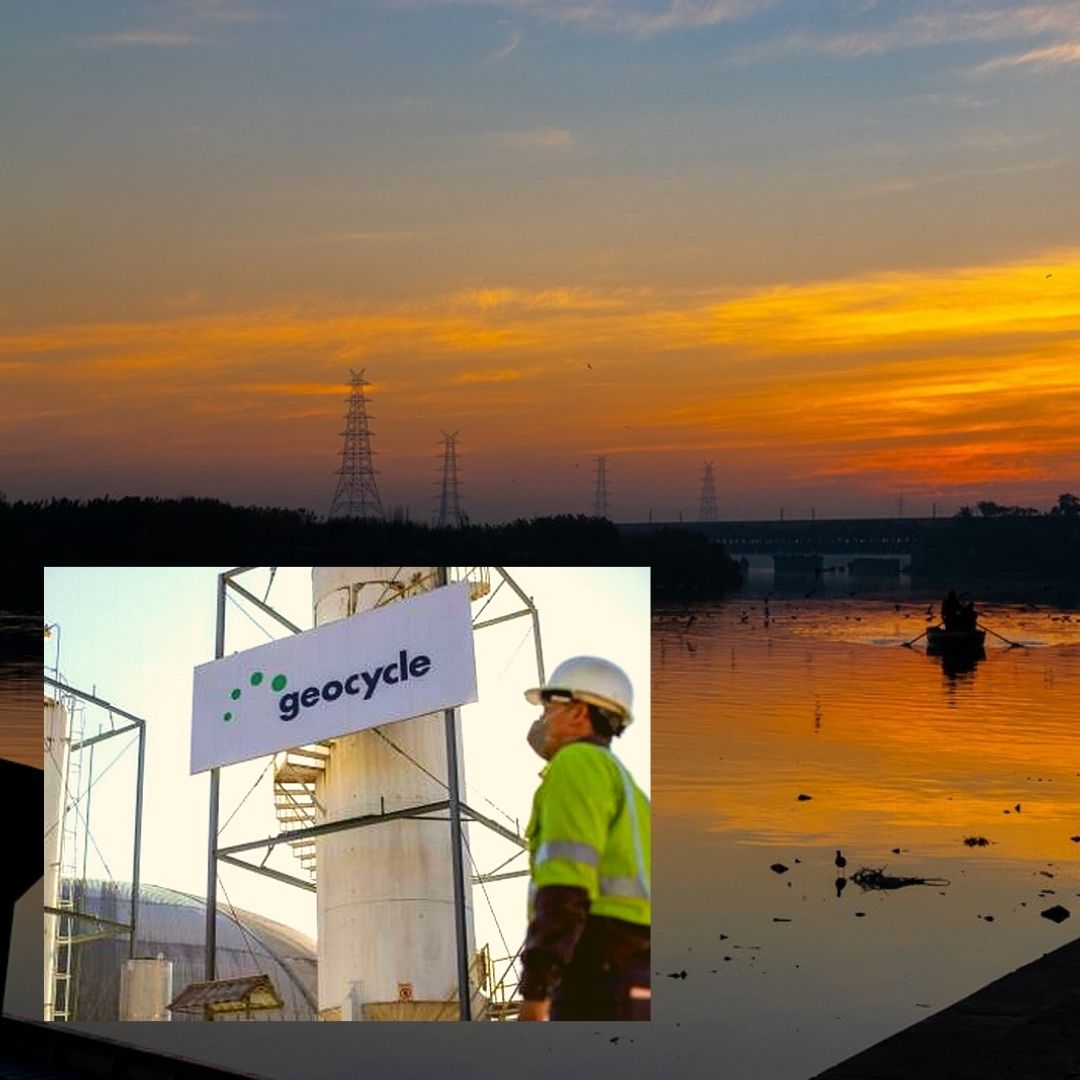Bubble Curtain Technology Prevents Entry Of 500 Tonnes Of Plastic Waste In Yamuna River
Writer: Tashafi Nazir
For most people, journalism sounds hectic and chaotic. For her, it's a passion she has been chasing for years. With an extensive media background, Tashafi believes in putting efforts on presenting a simple incident in the most interesting way.
Uttar Pradesh, 28 Sep 2021 11:56 AM GMT
Editor : Palak Agrawal |
Palak a journalism graduate believes in simplifying the complicated and writing about the extraordinary lives of ordinary people. She calls herself a " hodophile" or in layman words- a person who loves to travel.
Creatives : Tashafi Nazir
For most people, journalism sounds hectic and chaotic. For her, it's a passion she has been chasing for years. With an extensive media background, Tashafi believes in putting efforts on presenting a simple incident in the most interesting way.
A bubble curtain is a non-invasive solution that stops plastic from entering into water bodies. It has been set up by Geocycle India—the in-house waste management arm of Ambuja Cements Limited and ACC Limited to contribute to 'Plastic Free Agra'.
In a bid to address the growing menace of plastic pollution in the water bodies, Geocycle India—the in-house waste management arm of Ambuja Cements Limited and ACC Limited, has been doing enormous efforts to collect and co-process the plastic waste in the country.
The company implemented bubble curtain technology in April 2021 to stop plastic from entering the river Yamuna in Agra. Now, it has successfully managed to thwart 500 tonnes of plastic waste leakage in the river within a span of just six months. The collected waste will now be processed within Ambuja and ACC plants, as per India CSR.
As per reports, Geocycle India safely co-processed more than 928,399 tonnes of waste in 2019.
The bubble curtain technology has been a pioneering step from Ambuja and ACC to support the mission of plastic-free Agra. The company transports waste from the river bank as well as from Agra's Material Recovery Facility for safe re-purposing in the adjacent plants of Ambuja and ACC.
"Installation of Geocycle Bubble Barrier is one of the essential initiatives being implemented to combat plastic waste in Agra city. It has helped Agra Municipal Corporation to stay committed to its mission of making the city plastic-free," Nikhil Funde, Municipal Commissioner, Agra said, reported India CSR.
What Is A Bubble Curtain?
It is a non-invasive solution that stops plastic from entering into water bodies. It allows marine animals to pass through it but stops plastic from flowing further. The bubble screen is formed by a unique designed air tube which is placed diagonally on the bed of the canal or river. It collects waste to the surface, channels the plastic onto the banks from where it is extracted.
The bubble barrier is generated using compressed air passing through tubes kept at the canal's bottom. These tubes are attached to a compressor that is powered by renewable solar energy. Aeration in the canal will raise dissolved oxygen levels in the wastewater/stormwater, which leads to an overall improvement in the water quality.
Second Project In Process
After the success of the first pilot project, the company is set to install the second project in Varanasi and is already in the planning phase. The equipment will be set up on the Varuna River, right before the confluence point of Varuna and Ganges. The project is in the final phase for data collection, and scope finalisation with the local municipality.
In addition, Ambuja is also planning to establish another Bubble Barrier in Gujarat. This will help the local people residing around the plant by collecting plastics leaking into the water bodies.
Also Read: Evolution Of The India Rupee: How The Currency Has Changed Over The Years?
 All section
All section















